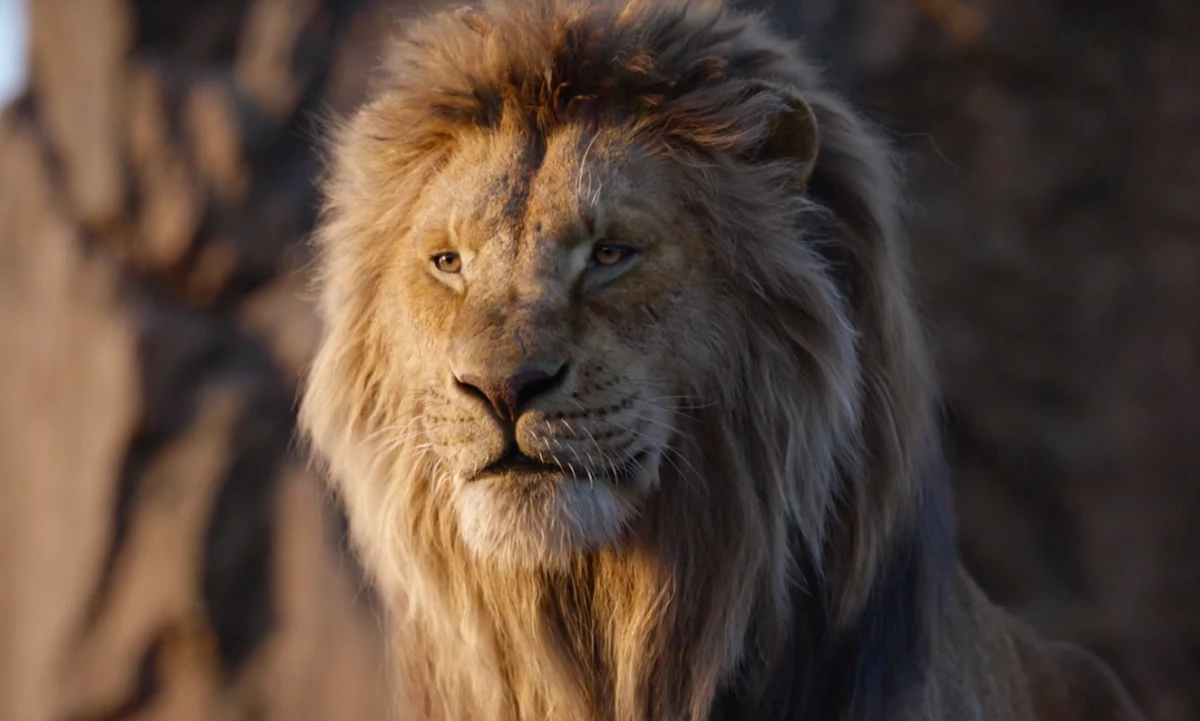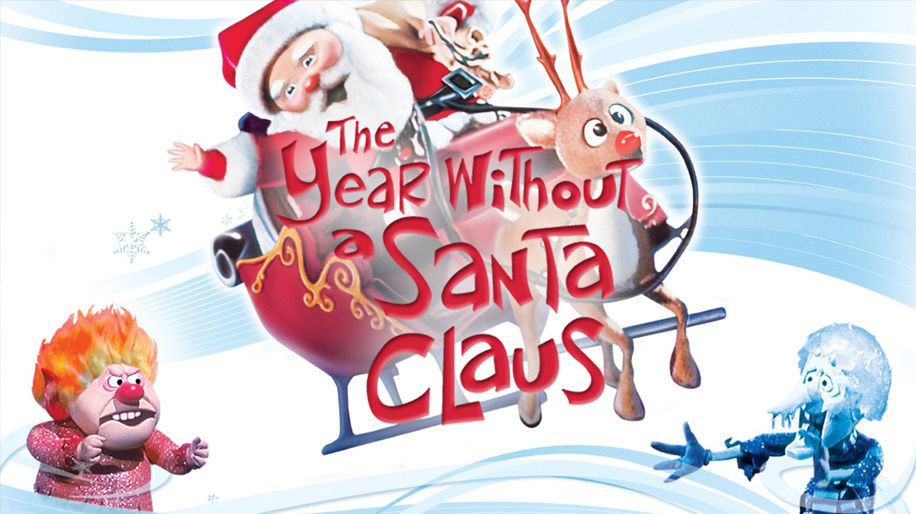Since its release in 1967, The Jungle Book has brought joy to the hearts of children around the world. Despite some of the film’s more problematic elements it has carried on through generations thanks to its charismatic spirit and pure heart meant to instill warmth in the viewer.
The 2016 re-imagining amped up the excitement and fun as it brought the story into the modern age. Now with Mowgli: Legend of the Jungle, Netflix is looking to get in on the party, but while the film came dressed to impress it’s quickly apparent that it doesn’t know how to have fun.

Photo Courtesy of Netflix: Rohan Chand as Mowgli
Like its predecessors, Mowgli tells the story of the titular human child (Rohan Chand) who is raised by a pack of wolves after his family is slaughtered by the tiger Shere Khan (Benedict Cumberbatch). Under the guidance of the bear Baloo (Andy Serkis) and a black panther named Bagheera (Christian Bale), he attempts to adapt to the ways of the jungle. But when he is forced to confront his origins, Mowgli must decide on his place in the world.
Mowgli makes a promising first impression with its visual effects. Director Andy Serkis made his name off of his memorable motion capture performances as Gollum and Caesar in The Lord of the Rings and Planet of the Apes franchises respectively, and he utilizes his experience in the technology to produce enthralling recreations of beloved characters. Each animal conveys who they are and their motives through simple facial details and movements. Kahn commands power and distrust as he slinks through the trees, and speckles of gray highlighting Bagheera’s chin support his mentor status to Mowgli.

Photo Courtesy of Netflix: Andy Serkis as Baloo
Serkis and his team remove many of the barriers that often inhibit viewers from connecting with CGI characters. Serkis’ guidance of Chand is evident. The young actor’s interactions with his digital co-stars rarely feel like a facade. Whether looking into the eyes of a snake or being lifted by an elephant, Chand’s minute movements help the CGI feel tangible. It’s not something that you’ll actively notice on first viewing, but that’s the whole objective – it should fade into the background.
The visuals do have a dark side, however, one that the film is often too quick to indulge in. Mowgli separates itself from previous renditions of The Jungle Book with a PG-13 rating. This allows the movie to amp up the tension, and the persistent threats on Mowgli’s life are given more weight than one would expect from The Jungle Book.

Photo Courtesy of Netflix: Cate Blanchette as Kaa
It quickly begins to feel overbearing and depressing; the film is missing the heart one has come to expect from this tale. An infant Mowgli covered in the blood of his parents is a different visual than we would expect, but is it better or even necessary? It’s a question that comes up too many times while sitting through Mowgli.
The film doesn’t deserve to get lambasted just because it took the chance on a darker aesthetic. The new directions can usually justify retellings of familiar stories, but Callie Kloves’ screenplay wasn’t updated to match the film’s visual style. The plot is told with the familiar and simplistic trappings of a common children’s film. Mowgli shares the theme of self-discovery with the previous films, and it explores it as deeply as one would expect a ten-year-old.

Bagheera and Rohan Chand as “Mowgli” in the Netflix film “Mowgli: Legend of the Jungle” Photo Courtesy of Netflix
These two clashing approaches leave one wondering who the film’s audience was meant to be. The PG-13 rating is intended to scare off younger ones from stumbling across a movie that features the taxidermy of a cute, childlike character, but the script doesn’t feature enough nuance to keep the more mature audience engaged. While Mowgli contains a little something for everyone, it ultimately feels like a film meant for no one.

Movie
‘Mufasa: The Lion King’ Will Leave You Breathless

“Mufasa: The Lion King” is a visually stunning addition to the beloved Lion King franchise, offering a fresh and emotionally resonant take on the origins of one of Disney’s most iconic characters. The film beautifully explores Mufasa’s journey, balancing heartfelt moments with touches of comedy that lighten the mood and make the story accessible to audiences of all ages. The animation is breathtaking, capturing the vibrant landscapes and lush environments of the Pride Lands, adding depth to Mufasa’s character and his relationships.
The storytelling is compelling, effectively pulling at the heartstrings while providing insights into Mufasa’s character before he becomes the legendary king. However, the setup for Scar’s betrayal feels somewhat underdeveloped, lacking the deeper motivation that could have enriched their complex brotherly relationship. This missed opportunity leaves a slight gap in understanding Scar’s actions, which could have elevated the dramatic stakes.
The musical score is impressive, featuring memorable songs that enhance the emotional impact of pivotal scenes. While there are several standout tracks, one song, in particular, resonates deeply and is sure to linger in viewers’ minds long after the credits roll. Overall, “Mufasa: The Lion King” is an amazing film and a worthy addition to the Lion King lore that manages to deliver both laughter and tears, offering a rich tapestry of storytelling that fans will appreciate.
Movie
Is ‘Kraven the Hunter’ a Total Letdown?

“Kraven the Hunter,” directed by J.C. Chandor, aims to introduce a beloved Spider-Man villain to the big screen, but unfortunately, it falls short of expectations. The film suffers from noticeable issues, notably an overuse of ADR (Automated Dialogue Replacement), which detracts from the authenticity of the characters’ interactions and contributes to an uneven audio experience. This technical flaw is compounded by rough storytelling that feels disjointed and lacking in coherence, leaving viewers struggling to connect with the narrative.
Aaron Taylor-Johnson delivers a commendable performance as Kraven, showcasing the character’s gritty nature and complex motivations. His portrayal has potential, and it’s evident that he could elevate the character far beyond what is presented with a stronger script and direction. However, the absence of Spider-Man, a central figure in Kraven’s lore, leaves a void that the film struggles to fill. Without this critical connection, the plot meanders and fails to create the tension or stakes that fans of the superhero genre crave.
Additionally, including Rhino as a villain feels like a missed opportunity; he is presented more as a gag character with limited screen time, undermining any sense of threat or depth. For the average moviegoer, “Kraven the Hunter” might entertain but ultimately feels like a mediocre viewing experience. Comic book fans, however, may find disappointment in this lackluster attempt to create a solo character film. Instead of an exhilarating dive into Kraven’s world, the film presents a watered-down version, leaving audiences wishing for a more cohesive vision that honors its comic book roots.
Movie
A Brief Review and History of A Year Without a Santa Claus

A Year Without a Santa Claus, the 1974 stop-motion holiday classic produced by Rankin/Bass, is a heartwarming and whimsical tale that has cemented its place in holiday traditions. Based on Phyllis McGinley’s 1956 book, the story revolves around a disheartened Santa Claus who, feeling unappreciated, decides to take a year off from his Christmas duties. It’s up to Mrs. Claus and a pair of well-meaning elves, Jingle and Jangle, to reignite the Christmas spirit and show Santa the world’s unwavering belief in him.
The movie is beloved for its unforgettable characters, especially the bickering Miser Brothers, Snow Miser and Heat Miser. Their catchy, vaudeville-style musical numbers, “Snow Miser Song” and “Heat Miser Song”, are so iconic they’ve become cultural touchstones, often parodied and celebrated decades later.
Directed by Arthur Rankin Jr. and Jules Bass, the film continues the duo’s tradition of stop-motion magic, blending heartfelt storytelling with quirky humor. The voice cast, featuring Mickey Rooney as Santa and Shirley Booth as Mrs. Claus, delivers standout performances. Booth’s warm narration was her final acting role before retirement, adding a layer of poignancy to the film.
Initially released on December 10, 1974, on ABC, the special didn’t immediately achieve the legendary status of Rudolph the Red-Nosed Reindeer. However, it gained a dedicated following through annual holiday airings, nostalgic appeal, and its distinct charm.
The film’s themes of hope, unity, and rekindling joy remain timeless, making it a perennial favorite for audiences of all ages. Its blend of humor, catchy songs, and a touching message about believing in magic and goodwill ensures its enduring legacy during the holiday season.
For fans of holiday classics, A Year Without a Santa Claus is a must-watch that never fails to warm hearts and spread cheer.

